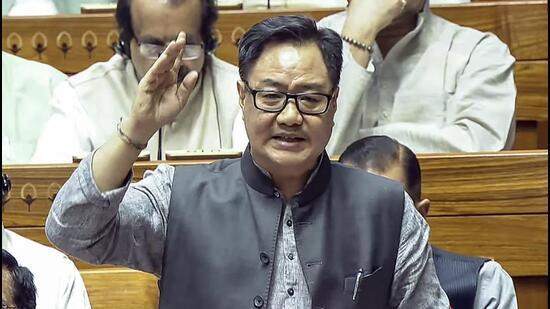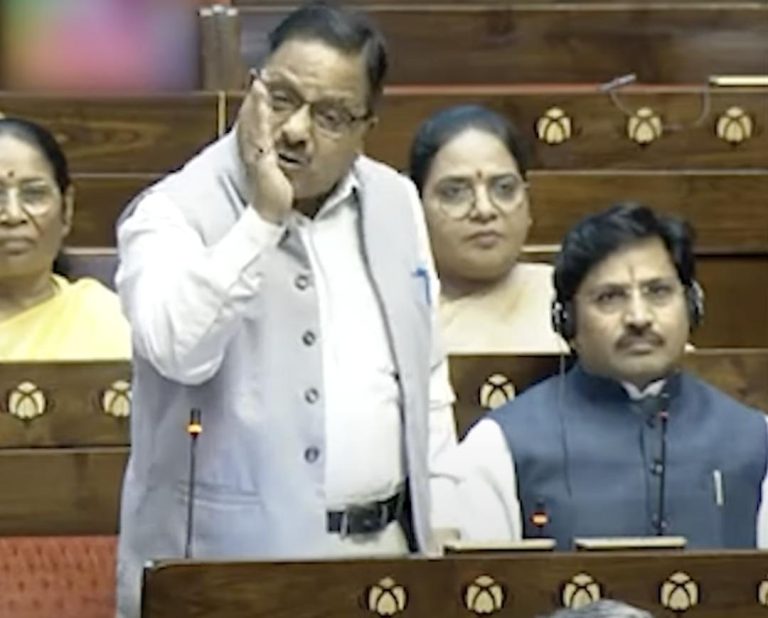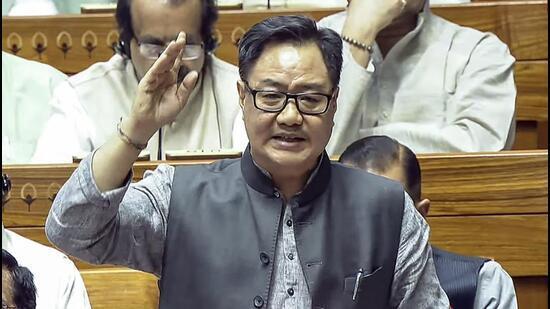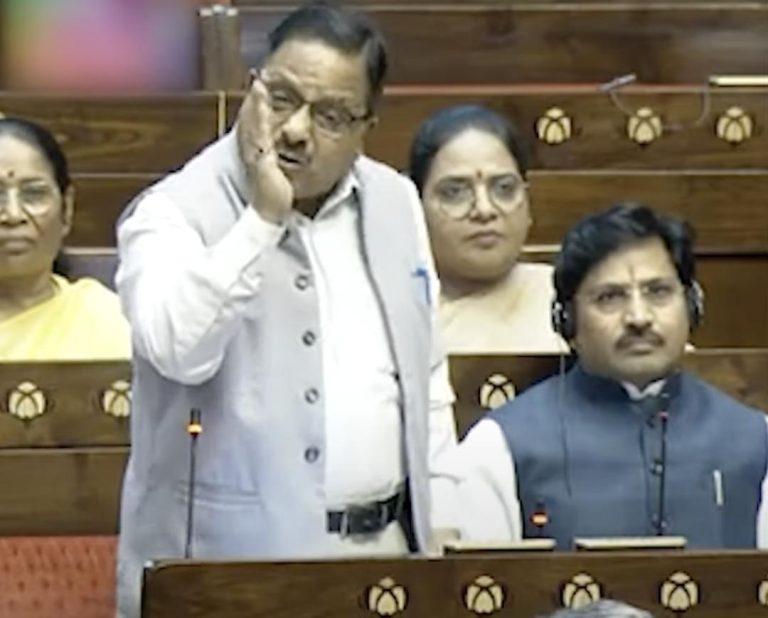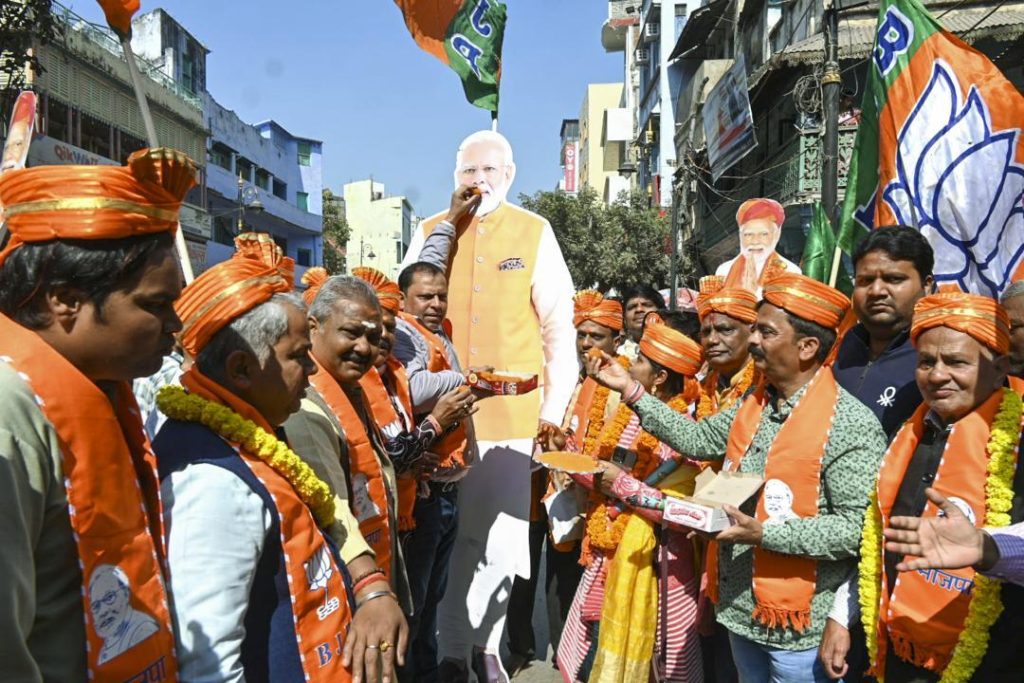
How have middle class, Purvanchali voters helped BJP win Delhi polls?
The recent Delhi polls saw a significant shift in voting patterns, with the Aam Aadmi Party (AAP) losing its stronghold on the city. The party’s landslide victories in 2015 and 2020 were largely attributed to its strong support among the influential middle class and Purvanchali voters, who are migrants from eastern Uttar Pradesh and Bihar. However, in the 2025 polls, this very same demographic shifted its allegiance to the Bharatiya Janata Party (BJP), leading to its victory.
According to India Today, the BJP has gained the most in middle-class dominated regions such as West Delhi and New Delhi, where it won zero seats in the 2020 elections. This significant shift in voting patterns has been attributed to a range of factors, including the BJP’s improved governance record, its effective use of social media, and the AAP’s perceived shortcomings in these areas.
One of the key factors that contributed to the BJP’s success was its ability to connect with the middle class, who have been key voters in Delhi. The party’s campaign focused on issues such as law and order, education, and healthcare, which are of great importance to this demographic. Additionally, the BJP’s promise to reduce taxes and improve the overall business environment in the city resonated with the middle class, who are increasingly concerned about their financial security.
Another significant factor that contributed to the BJP’s victory was its ability to tap into the Purvanchali community, who have been a key support base for the AAP in the past. The Purvanchalis, who are migrants from eastern Uttar Pradesh and Bihar, have been a significant force in Delhi’s politics for many years. They have traditionally been attracted to the AAP’s promises of better governance, education, and healthcare, which have been seen as key issues for this community.
However, in the 2025 polls, the Purvanchalis shifted their allegiance to the BJP, citing reasons such as the party’s effective governance record and its ability to deliver on its promises. The BJP’s campaign focused on issues such as employment, education, and healthcare, which are of great importance to the Purvanchali community. Additionally, the party’s promise to reduce taxes and improve the overall business environment in the city resonated with this demographic, who are increasingly concerned about their financial security.
The shift in voting patterns among the middle class and Purvanchali voters is significant, as it marks a departure from the traditional voting patterns in Delhi. In the past, these demographics have been key supporters of the AAP, with the party’s landslide victories in 2015 and 2020 largely attributed to its strong support among these groups. However, in the 2025 polls, the BJP has been able to tap into these demographics and shift their allegiance to its side.
The implications of this shift are significant, as it indicates a changing landscape in Delhi’s politics. The AAP, which has been the dominant force in Delhi’s politics for many years, is facing a significant challenge from the BJP. The party’s inability to connect with the middle class and Purvanchali voters has been seen as a major factor in its decline, as these demographics are key to its electoral success.
In conclusion, the shift in voting patterns among the middle class and Purvanchali voters has been a significant factor in the BJP’s victory in the 2025 Delhi polls. The party’s ability to connect with these demographics, coupled with its effective governance record and promise to deliver on its promises, has been key to its success. The implications of this shift are significant, as it marks a changing landscape in Delhi’s politics and poses a significant challenge to the AAP’s dominance.
Source:
https://www.newsbytesapp.com/news/politics/delhis-middle-class-ditch-aap-for-bjp/story
